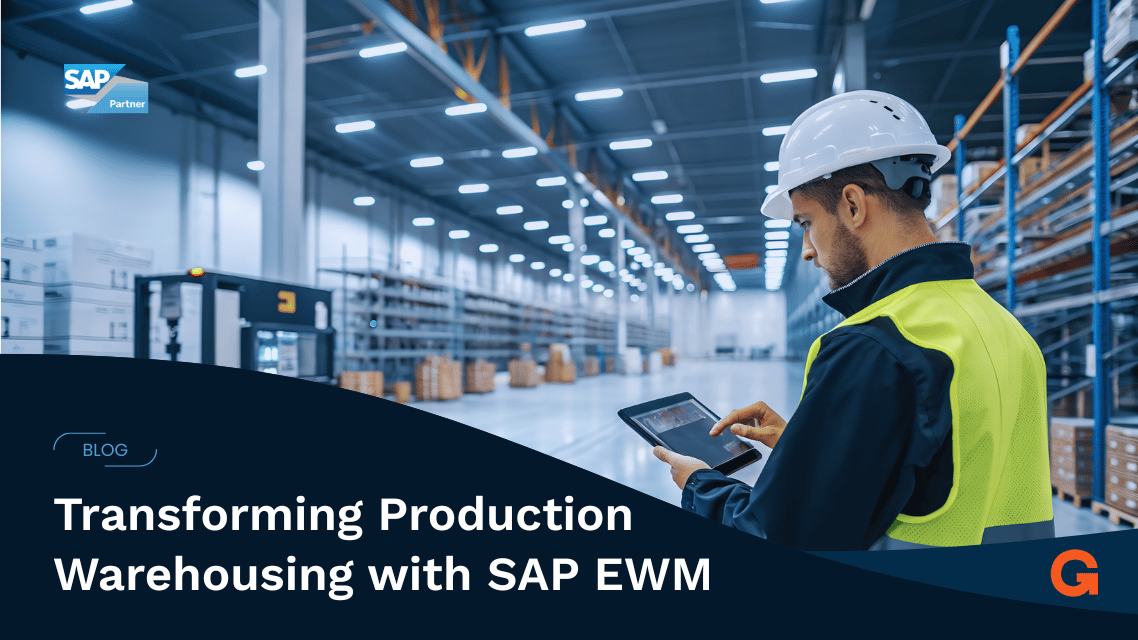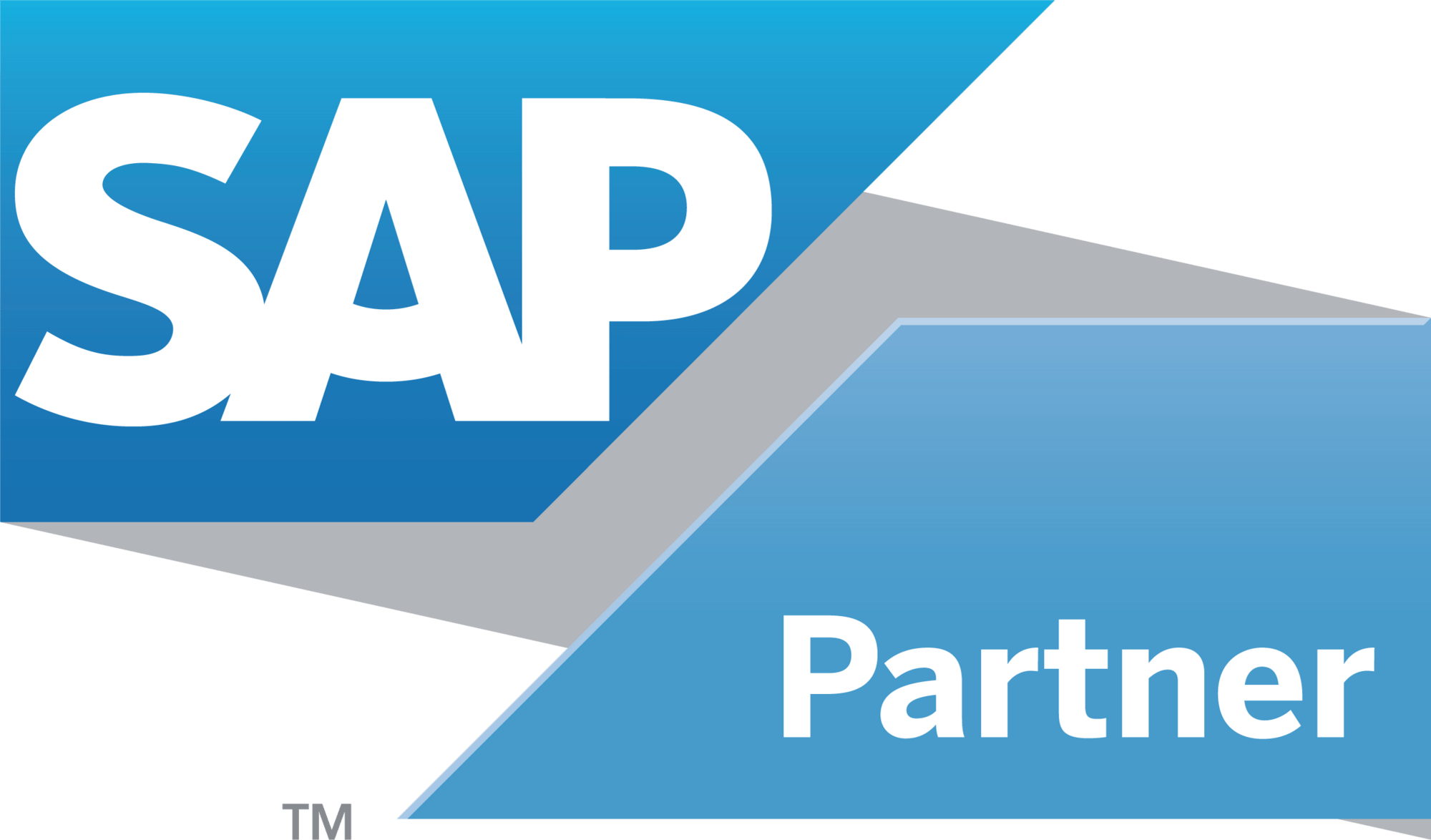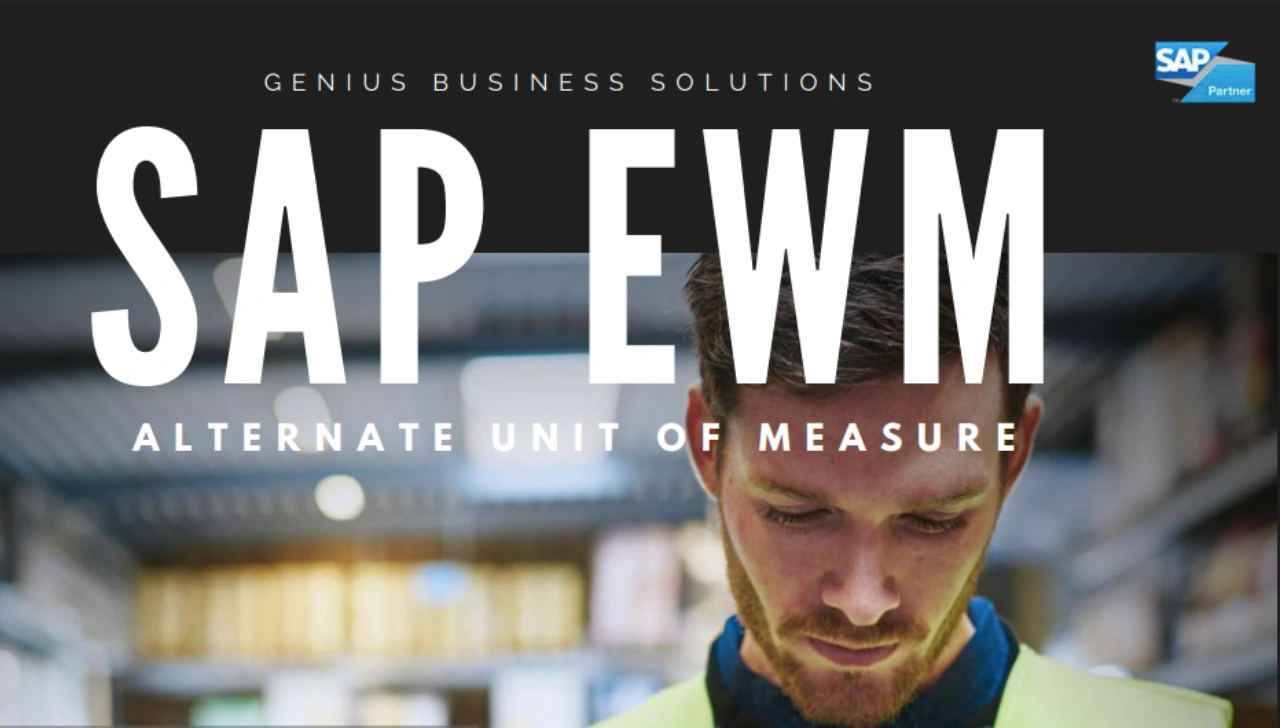With SAP ECC’s mainstream maintenance ending in 2027, enterprises relying on legacy SAP systems for mission-critical operations face an urgent need to transform. Although SAP has introduced limited extensions up to 2030–2033, these are meant for those already on their migration journey—not for those waiting to begin.
The message from SAP is clear: the future lies in standardized, cloud-first ERP models that deliver agility, intelligence, and operational speed. As organizations gear up for the shift, it’s critical to plan a structured, value-driven path toward S/4HANA.
ECC Still Runs Strong—but the Innovation Has Moved On
Many enterprises, especially those in regulated sectors like pharmaceuticals, consumer goods, and manufacturing, continue to rely on ECC’s robust capabilities. However, SAP’s innovation curve has shifted decisively toward S/4HANA. Core advancements such as real-time analytics via the HANA in-memory database, AI-powered workflows, and cloud-based extensibility now reside within the S/4HANA ecosystem.
For companies with data sovereignty concerns or highly customized processes, private cloud or modern on-premise models offer a transition pathway. But staying on ECC long term means missing out on transformative capabilities—making it essential to view the current extension window as preparation time, not an excuse to delay.
Why SAP Is Evolving—and Why It Matters
SAP's evolution—from R/3 and ECC to S/4HANA—is driven by the need for real-time data access, predictive intelligence, and automation at scale. To deliver these capabilities effectively, SAP is enforcing consistency across its cloud platforms through standardized release updates and tighter architectural governance.
Innovations like embedded AI, advanced automation, and next-gen analytics depend on organizations staying current on release cycles. This is why the shift to cloud-based ERP is no longer optional for enterprises seeking future-ready infrastructure.
Gartner forecasts that over 60% of enterprises will adopt cloud ERP by 2027. Organizations that hesitate may risk losing their innovation edge and operational agility.
The Business Value of Early Adoption
Forward-looking companies are embracing S/4HANA not just to comply with SAP deadlines but to unlock new business value. Those who start early gain more than just a head start—they achieve faster decision-making, simplified system landscapes, and improved data quality.
By investing in readiness—such as data cleansing, process harmonization, and change management—these enterprises are accelerating time-to-value and mitigating migration risks.
Early adopters consistently report higher user adoption and faster deployment of intelligent capabilities. They treat migration as a strategic business transformation, not a backend IT upgrade.
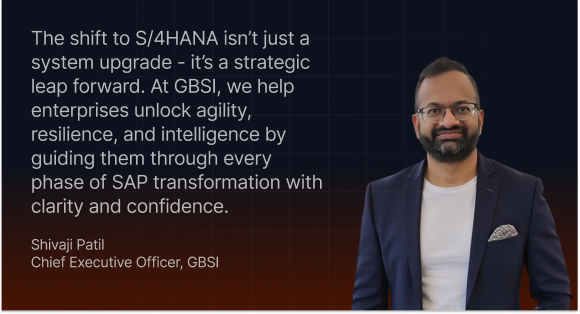
Choosing the Right Migration Path: Greenfield, Brownfield, or Selective Transition
Successful S/4HANA migration starts with choosing the right strategy. Three core approaches exist, each with distinct advantages depending on your organization’s landscape and goals:
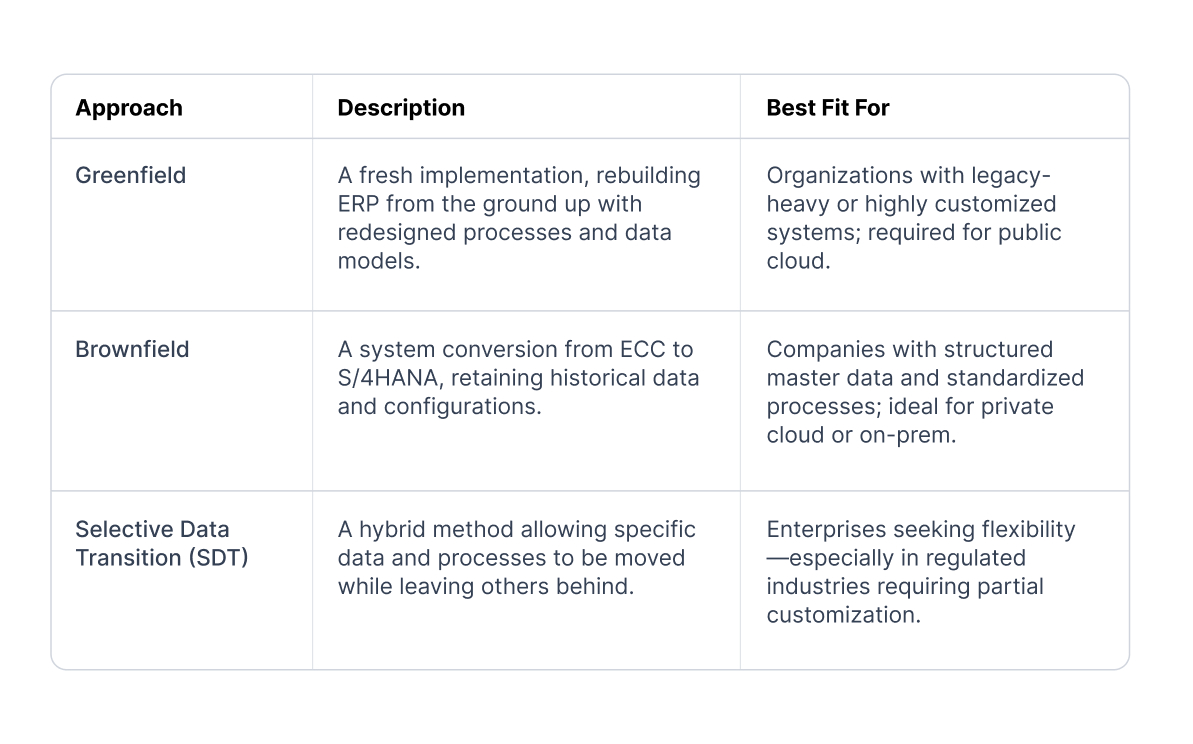
Pre-migration assessments are essential to select the optimal path. These evaluations help identify redundant processes, outdated customizations, and areas where standardization or reengineering is required.
Common Pitfalls to Avoid
One frequent mistake during migration is trying to implement new technologies (like AI or predictive analytics) simultaneously. While S/4HANA enables these innovations, the migration itself should focus on building a clean, stable, and standardized core.
Layering transformation projects on top of migration often results in delays and complexity. A more effective approach is to treat the migration as a foundational step—enabling future innovation only once the ERP environment is stable and harmonized.
Looking Beyond 2027: SAP’s Vision for the Intelligent Enterprise
SAP is pivoting from offering ERP systems to delivering intelligent business services. Its future roadmap revolves around a fully integrated, cloud-based ecosystem with solutions like:
- SAP Business Technology Platform
- SAP Analytics Cloud
- SAP SuccessFactors (HR)
- SAP Ariba (Procurement)
- SAP Concur (Travel Management)
- SAP Customer Experience (CX)
These applications are tightly connected within a unified architecture—providing seamless, real-time data flow and AI-powered decisioning across the enterprise.
Early movers to S/4HANA will be in the best position to leverage these innovations, align with SAP’s evolving ecosystem, and future-proof their digital core.
How GBSI Can Help
At GBSI, we specialize in SAP transformation—from initial assessments and roadmap planning to complete S/4HANA migrations across public cloud, private cloud, and on-premise setups. Our cross-industry experience and technical depth ensure that your migration is aligned with your strategic objectives.
Whether you're just starting or looking to accelerate an existing program, our SAP specialists help you reduce risk, optimize processes, and unlock long-term business value from your ERP investments.
Ready to take the next step toward S/4HANA? Get in touch with our team to schedule a discovery session or a pre-migration assessment.









